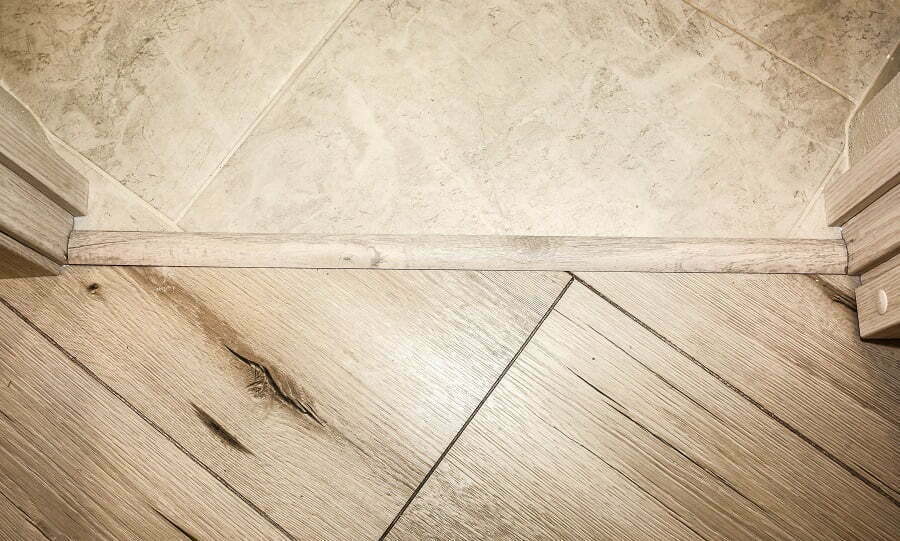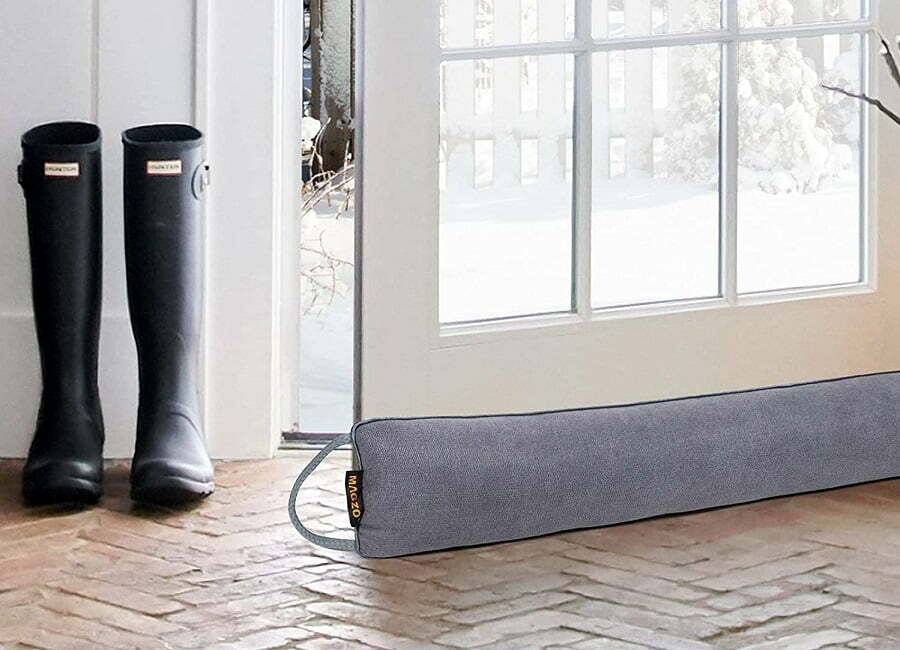Last updated on
Find out how to make a door noise blocker at home because a peaceful environment improves productivity and enhances relaxation without breaking the bank.
Door noise can be a nuisance, whether it’s the sound of a door slamming shut or unwanted noise seeping in from the outside. But worry not, there’s a simple and affordable solution to this problem – a door noise blocker. This handy tool can be a game-changer, helping to create a peaceful environment in your home.
This article will guide you through the process of selecting the right door noise blocker, how to install it, and even some DIY options if you’re feeling crafty. So, if you’re ready to say goodbye to unwanted noise, read on for a comprehensive guide on door noise blockers.
Key takeaways:
- Door noise blockers create a peaceful environment at home.
- Door seals and draft stoppers are effective types of blockers.
- Fillers absorb sound waves, reducing noise penetration.
- Different types of blockers address different types of noise.
- Installation involves identifying problem areas and adjusting as needed.
Understanding the Need for a Door Noise Blocker
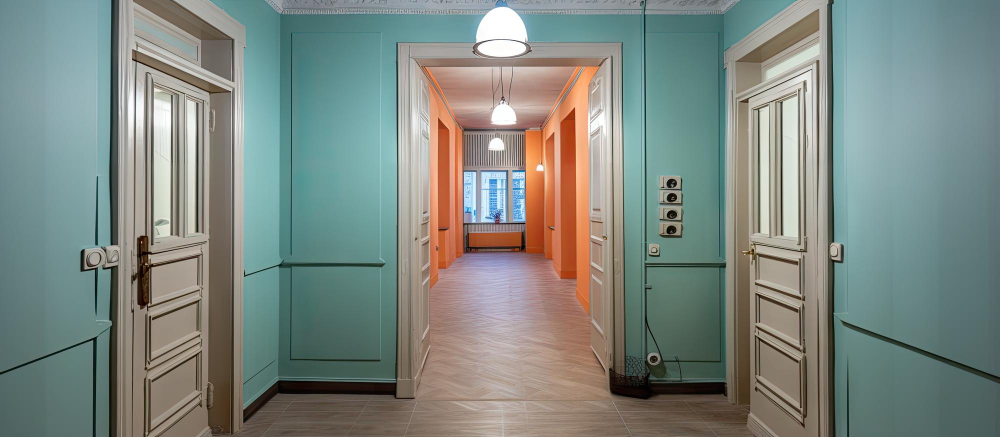
The need for a door noise blocker primarily arises when you are living in a bustling neighborhood or have a compact home where sounds reverberate easily between rooms. They also come in handy for people working from home who need a quiet space for focus and concentration. It’s also beneficial in shared living situations like dorms or apartments where reducing noise seepage can help maintain a harmonious living environment.
Scenarios justifying the use of a door noise blocker:
- Living in a high traffic area with external noise
- Aiming to limit disturbance while working from home
- Occupying a shared dwelling and maintaining cohabitation standards.
A door noise blocker essentially seals the gaps and crevices around the door that allow noise to seep through, providing you a quieter, more peaceful living space.
Different Types of Door Noise Blockers Available in the Market
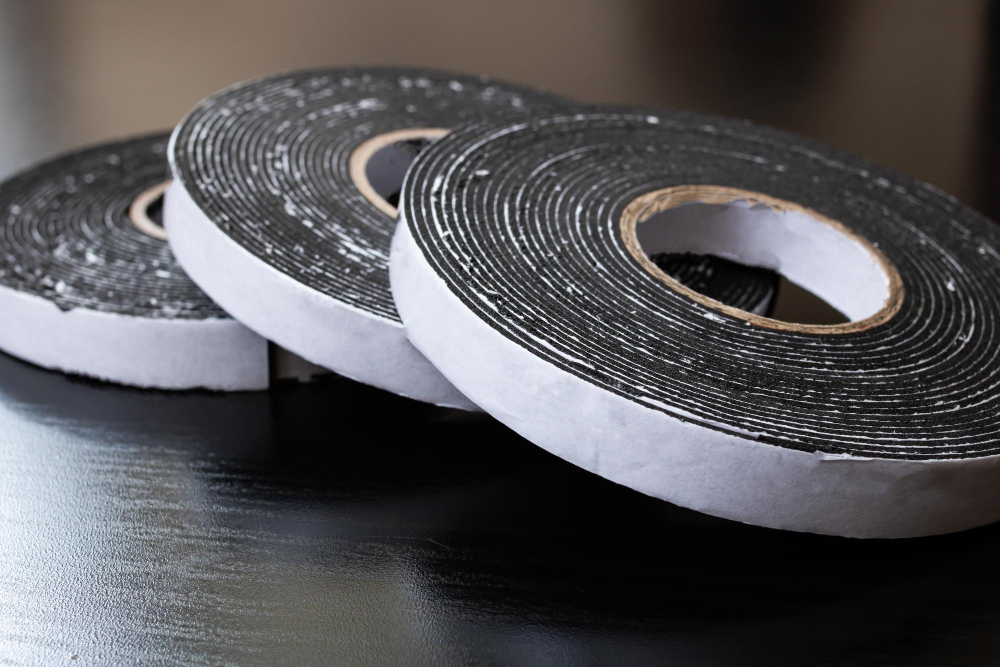
Exploring the variety on the market, two types emerge as most effective – door seals and draft stoppers.
1. Door Seals: These are material strips that you can attach around the door frame. They can reduce or completely block out noise by creating an air-tight seal. The variety of materials they come in offers multiple options for different noise levels and budgets. Weatherstripping tape and door gaskets are two commonly used types of door seals.
2. Draft Stoppers: Ideal for soundproofing the gap between your door and the floor, these weighted or unweighted fabric tubes support noise reduction and prevent drafts. They come in numerous styles and colors that can blend with your home decor while being functional.
You can even find door noise blocking solutions that are a combination of these two types for enhanced performance. Understanding the specifics of these options can guide you to the right choice for your needs.
How Does a Door Noise Blocker Work
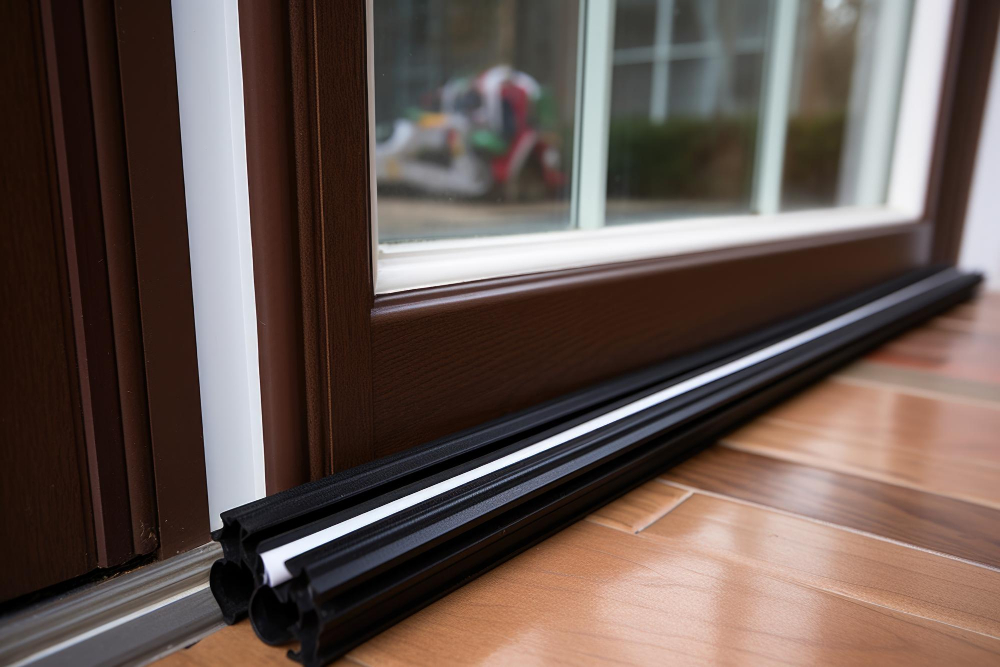
An integral component, the filler material is essentially what gives a door noise blocker the ability to absorb sound. This is often composed of insulating materials, such as microfiber, polyurethane foam, or sometimes, solid rubber. These dense materials serve to “catch” the sound waves, preventing them from traveling further into your home.
The efficiency of any door noise blocker lies in its correct placement. Usually, this handy tool is positioned at the bottom of the door, filling up the gap between the door and the floor. This is the primary entry point for unwanted noises. By creating an effective seal here, we reduce sound leakages significantly.
However, the surrounding door frame shouldn’t be ignored. For this, adhesive strip versions are handy. These are cut to the desired size and stuck directly onto the door frame, creating a virtually soundproof seal. Sound coming from outside thus has little chance of permeating into your private space.
Remember, door noise blockers aren’t 100% soundproof. However, they can vastly reduce unwanted noise, creating a superior comfort level within living spaces.
Comparing Efficiency of Various Door Noise Blockers

Each door noise blocker has its own unique strength. For instance, door seals are effective for blocking noise that enters through the gaps between the door and its frame. While effective, they do not handle airborne noise as well.
Weatherstripping, on the other hand, tackles both airborne noise and noise that seeps through gaps exceptionally. On the downside, it requires more care in fitting, as an incorrect application could lead to doors not closing properly.
Finally, door sweeps are great for addressing low-frequency noise – think of the rumbling from trucks or bass in music. They’re less effective for higher frequency noise like voices or chirping birds.
Consider these points when choosing noise blockers, remembering that what works in one situation might not work best in another. You can also mix different solutions to cover a broader spectrum of noise types.
Step-by-step Guide to Installing a Door Noise Blocker

With your chosen door noise blocker in hand, let’s delve into the installation:
1. Identify Problem Area: Start by noting where the noise seeps in, usually the gap at the bottom of the door, but check the sides and top too.
2. Measurement: Measure the width of the door and the size of the gap the noise is coming through. Accuracy is crucial in this step.
3. Trim: Using the measurements, cut the door noise blocker to the matching length. Some blockers may already be the right size.
4. Attach or Slide: For adhesive type, peel off the sticker and carefully adhere it to the base, ensuring a tight seal. For slide-under type, just slide it under the door.
5. Test: See if the door is able to close and open smoothly without getting stuck, and check if the noise level is satisfactorily reduced.
6. Adjustments: If the noise isn’t significantly lessened, you might need to adjust the positioning or try a different type of noise blocker.
Remember, patience is key. It might take a few tries to get the perfect fit and noise reduction.
Cost and Where to Buy a Door Noise Blocker

Fret not about the hit to your wallet! Door noise blockers can be an economical solution with prices typically ranging from $10 to $40. Higher-priced options may offer features such as extra insulation or a dual-sided design for better noise blocking efficiency.
To snag one, online retail platforms like Amazon and eBay offer vast selections, allowing you to compare products and prices at your leisure. Don’t overlook home improvement stores like Home Depot or Lowe’s, and make sure to check your local independent retailers for these handy items. They may surprise you with unique finds!
For the DIY enthusiasts, creating a homemade door noise blocker is a budget-friendly approach. Materials such as foam pipe insulators, flannel fabric or even old sweatshirt sleeves can be used to design a noise-blocking solution that won’t break the bank!
Whichever route you choose, remember: investing in quiet is priceless.
Tips to Maintain Your Door Noise Blocker for Longevity

Proper upkeep is crucial for extending the life of your door noise blocker.
1. Regular Cleaning: Dust and debris can compromise the effectiveness of a noise blocker. Use a damp cloth to wipe the surface clean periodically.
2. Check for Wear and Tear: Regularly inspect your noise blocker for any signs of damage. Early detection allows timely repair, avoiding further deterioration.
3. Avoid Excessive Force: Overstretching or heavy pressure can deteriorate its performance over time. Handle with care.
4. Replace When Needed: Despite best maintenance practices, door noise blockers are not invincible. If a decline in performance is noticed, consider purchasing a new one.
Remember, a consistent upkeep routine helps maximize effectiveness and prolong lifespan.
FAQ
Do door noise stoppers work?
Yes, door noise stoppers work to a certain extent, offering up to 4dB noise reduction, but they are more effective for thermal insulation and draft reduction.
Do door blockers work?
Yes, door blockers efficiently work by preventing drafts, reducing unwanted smells, and dampening sounds.
What is the best exterior door to block sound?
The best exterior doors to block sound are steel and fiberglass doors due to their cost-effectiveness and layered materials for soundproofing.
How does the material of a door impact its sound insulation properties?
The material of a door significantly impacts its sound insulation properties as denser and thicker materials, such as solid wood or metal, have better sound-blocking capabilities compared to hollow or thin materials.
What cost-effective alternatives can be used instead of professional door noise stoppers?
As a cost-effective alternative to professional door noise stoppers, consider using weatherstripping tape or a homemade door draft stopper filled with rice or dried beans.
How does the thickness of a door contribute to noise reduction?
The thickness of a door contributes to noise reduction by providing more material to absorb and block sound waves, resulting in less noise penetration.
Recap

